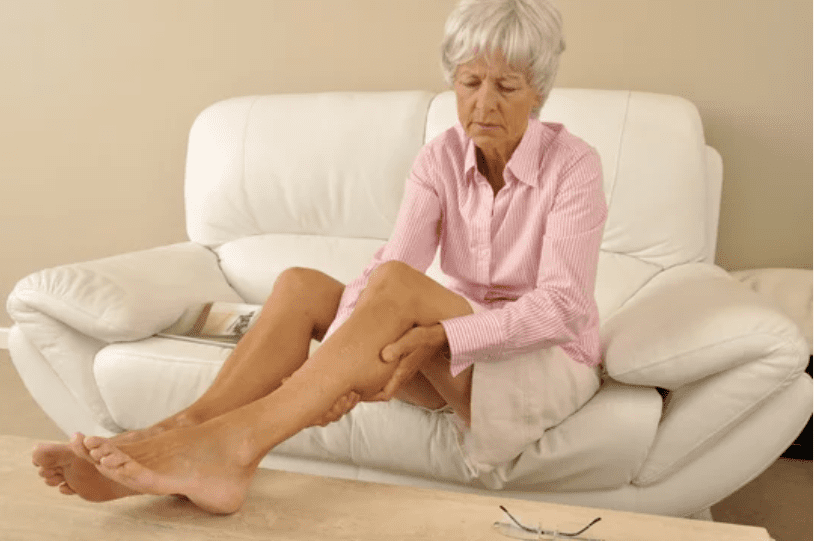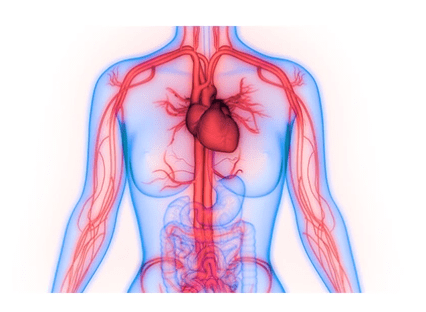
Amputation Prevention in Diabetic Patients

According to a 2018 study published in the American Journal of Managed Care, about 220,000 people in the United States get a diabetes-related amputation every year. And of those amputations, about 85% are linked to a diabetic foot ulcer.
At Peachstate Advanced Cardiac & Endovascular in Newnan, Georgia, board-certified interventional cardiologist and endovascular expert Oghenerukevwe Odiete, MD, FACC, is on a mission to reduce these numbers by helping his patients manage diabetes and reduce their risk of body-wide complications.
Diabetes is a serious and complex condition that can impact your heart and circulatory systems. Here’s what you need to know about amputation prevention.
Understanding what leads to an amputation
When you think about diabetes, you might imagine blood sugar readings or insulin injections. That’s because diabetes is characterized by high blood sugar levels. However, high blood sugar levels don’t just cause increased thirst, increased hunger, blurry vision, or tingly hands, although those are symptoms of diabetes. The reality is that complications of diabetes can affect almost every system in your body, from your heart to your vision to your kidneys.
Having diabetes also increases your risk of needing an amputation, and this is why:
Diabetic peripheral neuropathy
Diabetes can cause nerve damage, including pain and numbness. If your foot is numb, you may injure it without even realizing it. Diabetes can also make wounds slow to heal, which can increase the risk of gangrene and the possibility of amputation.
Peripheral artery disease (PAD)
Individuals with diabetes are at a higher risk for developing PAD, and the longer you have diabetes, the higher your risk. PAD — which is characterized by blocked arteries in your limbs — can contribute to poor circulation in your legs.
Furthermore, according to research published in Seminars in Interventional Radiology, venous diseases, such as PAD, contribute to the majority of cases of lower-limb ulcers. With these ulcers, skin tissue breaks down, exposing the layers underneath.
What can you do to prevent amputations?
If you have diabetes, following the tips below can help you prevent the need for an amputation:
Manage your diabetes
Managing your diabetes is critical for your overall health and wellness. Keeping your blood sugar under control will help prevent complications.
Inspect your feet
Inspect your feet daily for signs of ulcers. If you see a wound, get care immediately. The sooner you get care, the less chance there will be for an infection.
Manage related diseases
If you have any disease related to diabetes, such as PAD, make sure to work with your doctor to keep them under control.
Live a healthy lifestyle
Make healthy lifestyle changes that will support your heart and vascular health. This includes following a heart-healthy diet, exercising regularly, avoiding sitting for prolonged periods of time, and avoiding smoking.
How we can help
At Peachstate Advanced Cardiac & Endovascular, we want to help you avoid the need for an amputation, and one way we can do that is by supporting your cardiac and vascular health. Whether you’re just starting to spot the symptoms of PAD or you just have questions about Vascular Care, we can provide the guidance you need.
We’re just a call or click away. To learn more, book an appointment online or over the phone with Peachstate Advanced Cardiac & Endovascular today.
You Might Also Enjoy...


Should I be worried about my numb feet?

Can leg cramps be a sign of something serious?

Meet Dr. Odiete - PACE Cardiovascular Specilaist

Keeping your Vascular System Healthy

